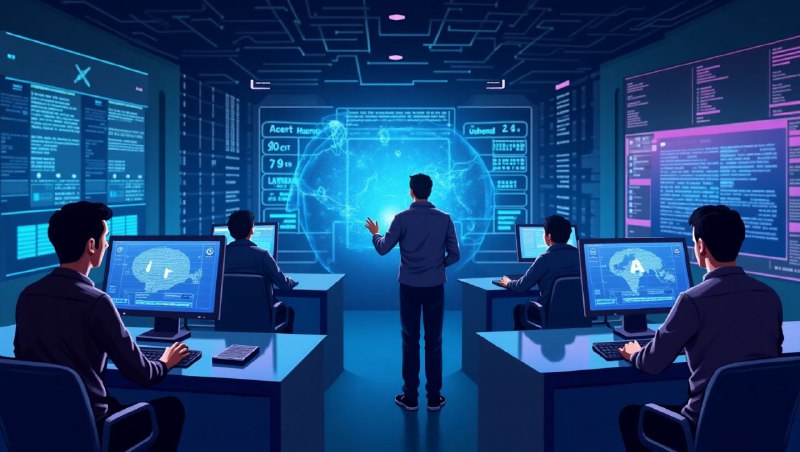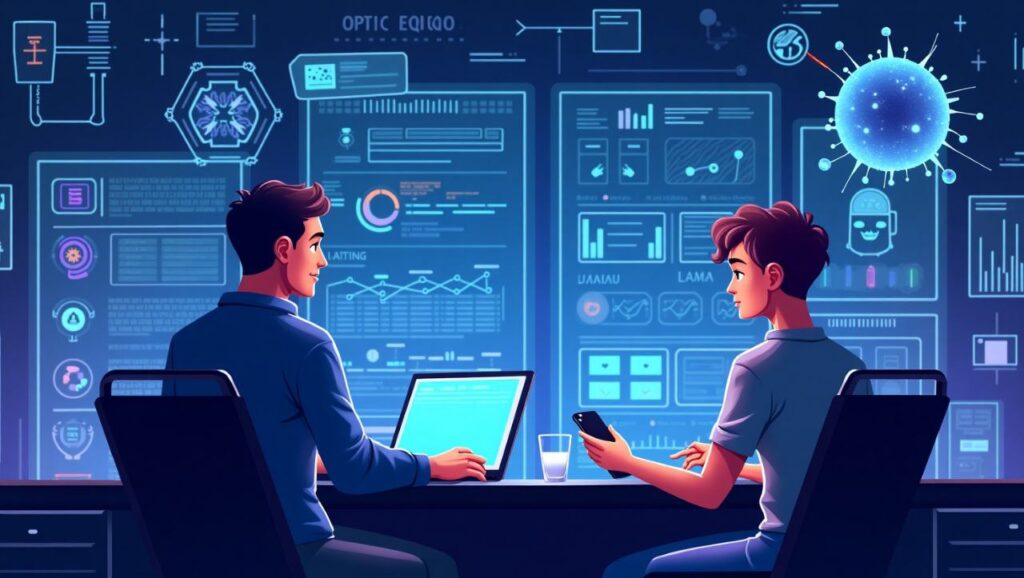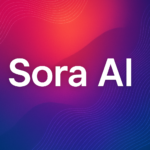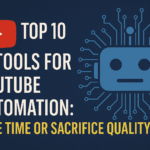In 2025, generative AI will have undergone a really revolutionary transformation. We are now customizing, implementing, and relying on language models rather than only experimenting with them. The competition for supremacy in the AI field has been rekindled by the introduction of Google Gemini 2.0 and GPT-5. This time, however, the battle is about understanding more than simply speaking. The issue now is, “How can I make AI do what I want?” rather than, “What can AI do?” Regardless of whether you’re a developer, startup founder, or simply an AI fan.

GPT-5 vs Gemini 2.0: Speed, Accuracy & Use Cases Compared
“When will GPT-5 be released to the public?” is a question that many have. The response is that it is already accessible to a few business partners and is being progressively made available to developers via OpenAI’s API. It significantly improves dependability, multimodal comprehension (text, picture, and audio), and context length. Google Gemini 2.0, on the other hand, is very useful for productivity activities and real-time information retrieval since it concentrates on tighter interaction with Android and Google Workspace.
Speed & Performance:
GPT-5 is ideal for coding assistants, long-form content creation, and academic research. Gemini 2.0 shines in day-to-day tasks like summarizing emails, managing schedules, and context-aware search. So when asking, “Google Gemini 2.0 vs GPT-5: Which is better for developers?” — the answer lies in your use case. For product development and customization, GPT-5 offers more flexibility. For ecosystem-based workflows, Gemini might be more seamless.
Pricing & Accessibility:
With the help of ChatGPT Plus and the OpenAI API, GPT-5 is anticipated to have a tiered price structure, whereas Gemini 2.0 may be included with Google services, which might make it more accessible or even free for Android users.
Best Use Cases:
GPT-5 is perfect for academic research, long-form content production, and coding helpers. Gemini 2.0 excels in routine activities like scheduling, context-aware search, and email summarization. Your use case will determine the answer to the question, “Google Gemini 2.0 vs. GPT-5: Which is better for developers?” GPT-5 provides greater freedom in terms of product creation and customization. For ecosystem-based workflows, Gemini might be more seamless.
How to Build a Custom AI Chatbot Using Open-Source LLMs
These days, creating your own AI chatbot is a real productivity tool rather than simply a fun weekend hobby. The emergence of open-source LLMs such as Falcon, Mistral, and Llama 3 has given developers access to strong models that may be optimized for very specialized applications. This is the general plan if you’ve been wondering, “How to fine-tune open-source LLMs for custom tasks?”
Step 1: Select Your Foundational Model
Start with a foundation model that is reliable and effective. Llama 3 or Mistral-7B Instruct are excellent choices for conversation-based jobs. These models are geared for interpreting instructions, which makes them easier to fine-tune.
Step 2: Get Your Dataset Ready
Your dataset will be more useful if it is more precise. When developing a medical chatbot, make advantage of authentic Q&A data from reputable sources. Make sure your data is balanced and cleansed before formatting it in CSV or JSON.
Step 3: Adjust
For parameter-efficient fine-tuning, use tools such as LoRA or the transformers library from Hugging Face. GPUs or cloud computing platforms such as AWS, GCP, or Lambda Labs are required. Keep an eye on loss curves throughout training and tweak as necessary to prevent overfitting.
Step 4: Implementation
Deploy your chatbot on sites like Gradio or Streamlit after it has been trained, or even include it into your website using Flask or FastAPI. For context preservation, use vector databases such as Pinecone or Weaviate.
Will Multimodal AI Replace Human Creativity by 2030?
“Will multimodal AI replace human creativity by 2030?” is a loaded question. The quick response? Not totally. The lengthy response? Depending on your definition of creativity, yes. Even while AI can already write poetry, create realistic artwork, make music, and even edit films, it is still limited by data that is supplied to it by humans. Emotion, context, risk-taking, and uniqueness are all components of true creativity. While multimodal AI is quite effective at reproducing creative patterns, it does not generate them from abstract ideas.Imagine AI writing a fantastic song based on a thousand love songs it has already heard. But unless you educate it the subtleties, it won’t be able to write about your pain. AI will therefore support artists—possibly even surpassing them in technical skills—but it won’t take the place of the human spirit that inspires art. Creators should concentrate on how to work with AI to expand their imagination rather than worrying about it taking control.

FAQs: Generative AI in 2025
Q1. When will the general public be able to access GPT-5?
Through OpenAI’s API, GPT-5 has been made available to developers and corporate customers in part. It is anticipated that ChatGPT Plus will gradually expand its reach into 2025.
Q2. Is Google Gemini 2.0 or GPT-5 superior?
The use case determines this. GPT-5 is superior in customisation, creativity, and coding, whereas Gemini is better at productivity and search-based activities.
Q3. How can an open-source AI model be improved?
Frameworks such as Hugging Face Transformers can be used to refine models. For effective training, create a clean, task-specific dataset and make use of programs like LoRA.
Q4. By 2025, what are the limits of multimodal AI?
Multimodal AI is capable of processing and producing text, image, and audio material, but it is still devoid of ethical reasoning, context awareness, and profound emotional understanding.
Q5. Will AI replace creative jobs?
Not totally. The essence of creativity is still human, even though it is changing the nature of creative labor by automating monotonous activities and helping with brainstorming.
Also Read these
10 Powerful Ways to Earn Money with AI
How AI is Changing Freelancing: A Freelancer’s New Best Friend
Top 5 AI Chrome Extensions: You Must Use in 2025 to Skyrocket Productivity
Hi, I’m Santu Kanwasi, a passionate blogger with over 2 years of experience in content writing and blogging. I create original, informative, and engaging articles on a wide range of topics including news, trending updates, and more. Writing is not just my profession—it’s my passion. I personally research and write every article to ensure authenticity and value for my readers.
Whether you’re looking for fresh perspectives or reliable updates, my blog is your go-to source!





